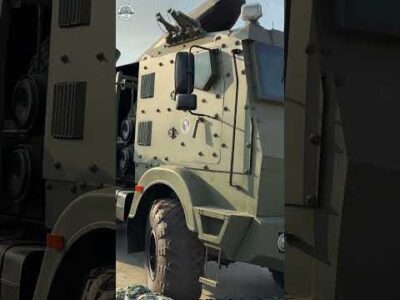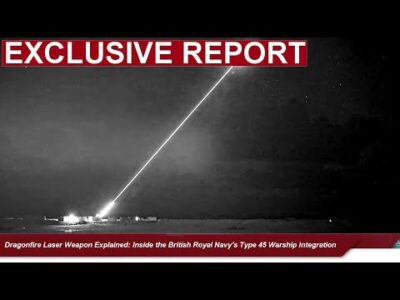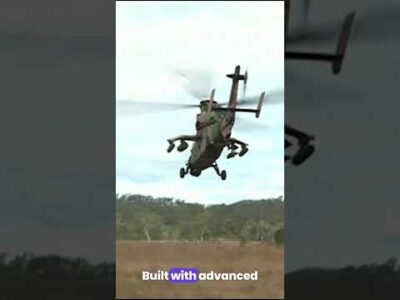According to the press release of Boeing Company on 4th February, Boeing and the U.S. Navy successfully flew two autonomously controlled EA-18G Growlers at Naval Air Station Patuxent River as unmanned air systems using a third Growler as a mission controller for the other two.
The flights, conducted during the Navy Warfare Development Command’s annual fleet experiment (FLEX) exercises, proved the effectiveness of technology allowing F/A-18 Super Hornets and EA-18G Growlers to perform combat missions with unmanned systems.
“This demonstration allows Boeing and the Navy the opportunity to analyze the data collected and decide where to make investments in future technologies,” said Tom Brandt, Boeing Manned-UnManned Teaming demonstration lead. “It could provide synergy with other U.S. Navy unmanned systems in development across the spectrum and in other services.”
Over the course of four flights, 21 demonstration missions were completed.
“This technology allows the Navy to extend the reach of sensors while keeping manned aircraft out of harm’s way,” Brandt said. “It’s a force multiplier that enables a single aircrew to control multiple aircraft without greatly increasing workload. It has the potential to increase survivability as well as situational awareness.”
EA-18G Growler :
The EA-18G Growler is the most advanced airborne electronic attack (AEA) platform and is the only one in production today. A variant of the combat-proven F/A-18F Super Hornet, the Growler provides tactical jamming and electronic protection to U.S. military forces and allies around the world. Industry and the U.S. Navy continue to invest in advanced Growler capabilities to ensure it continues to protect all strike aircraft during high-threat missions for decades to come.

















Comments